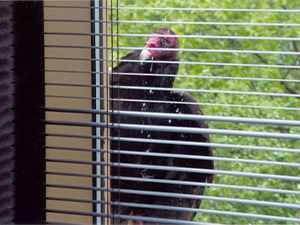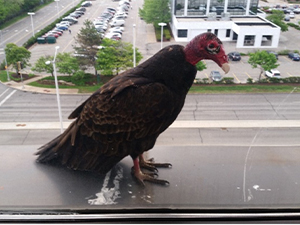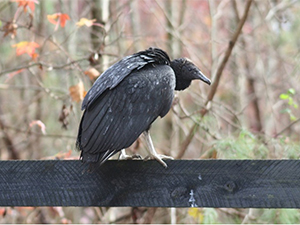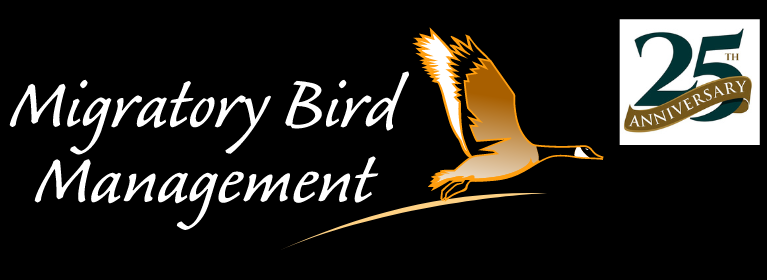How to Manage Conflicts with North American Vultures
Oct 11, 2022
There are 22 different bird species classified as vultures.
Generally, the vultures are divided into two categories, Old World and New World. Old World vultures include species like the Egyptian vulture and the common griffon vulture; New World vultures include species like the turkey vulture and the black vulture.
As a specialist in managing and preventing bird conflicts, Migratory Bird Management deals with many migratory bird species. The identification and knowledge of these birds is a key part of managing problems and putting the right solutions into place.
What is a Vulture?
While each species has its own unique characteristics, vultures share key attributes:
- Birds of prey characterized by a featherless head
- Diet that consists almost entirely of carrion (newly dead or decomposing animals)
- Large: 2 ½ feet tall and a wingspan of up to six feet
- Can be found soaring over landscapes searching for food
- Well-adapted to the feast or famine lifestyle with the ability to store food in its expandable crop
- Strong immune systems enable their diet of decomposing animals
Wisconsin’s Vulture Residents: Turkey Vultures & Black Vultures


Turkey Vulture (Left), Black Vulture (Right)
Wisconsin is home to two species of vulture, turkey vultures and black vultures.
Turkey vultures can be identified by their red heads, pale beaks and dark brown plumage. They prefer to roost in secluded areas where food is available. The more timid of the two species, turkey vultures do not attack prey and will wait for other predators to finish before moving into to eat. They can be found roadside in both rural and urban areas and fly in V formation.
Black vultures have a grayish head, black plumage and distinct white stars beneath their feathers. They often fly near turkey vultures to take advantage of that species’ superior sense of smell. Black vultures work in large groups to beat out their competition for food and have been known to prey on weakened livestock. Up to 10% of cattle loss is attributed to black vultures preying on newborn calves.
Vulture Conflicts
Urban areas with an abundant source of roadkill face the greatest risk of conflicts with vultures. In addition to the waste they leave behind, vultures create a safety risk with aircraft. At Florida’s Kennedy Space Center, vultures can threaten the safety of shuttle launches.
NASA deterrent efforts include GPS tracking and an effort to keep nearby areas free of roadkill.
Roosting vultures pose other problems, including corrosion damage to rooftops, vehicles, cell towers and electrical equipment from the acidic waste they leave behind. Odors are also a source of complaints.

Biology-based Solutions for your Bird Conflicts
The right solutions for bird conflicts, including vultures, are based on deep knowledge and experience and customized by species, by setting and by season.
At Migratory Bird Management, our biologist led team has decades of experience in the safe, effective and humane resolution of bird conflicts. We have a variety of solutions to deter and manage bird conflicts that threaten the health, safety and hygiene of people and property in business, commercial and agricultural settings.
To learn more about how our solutions can work for your property or business, reach out to the Migratory Bird Management team.




 0
0
